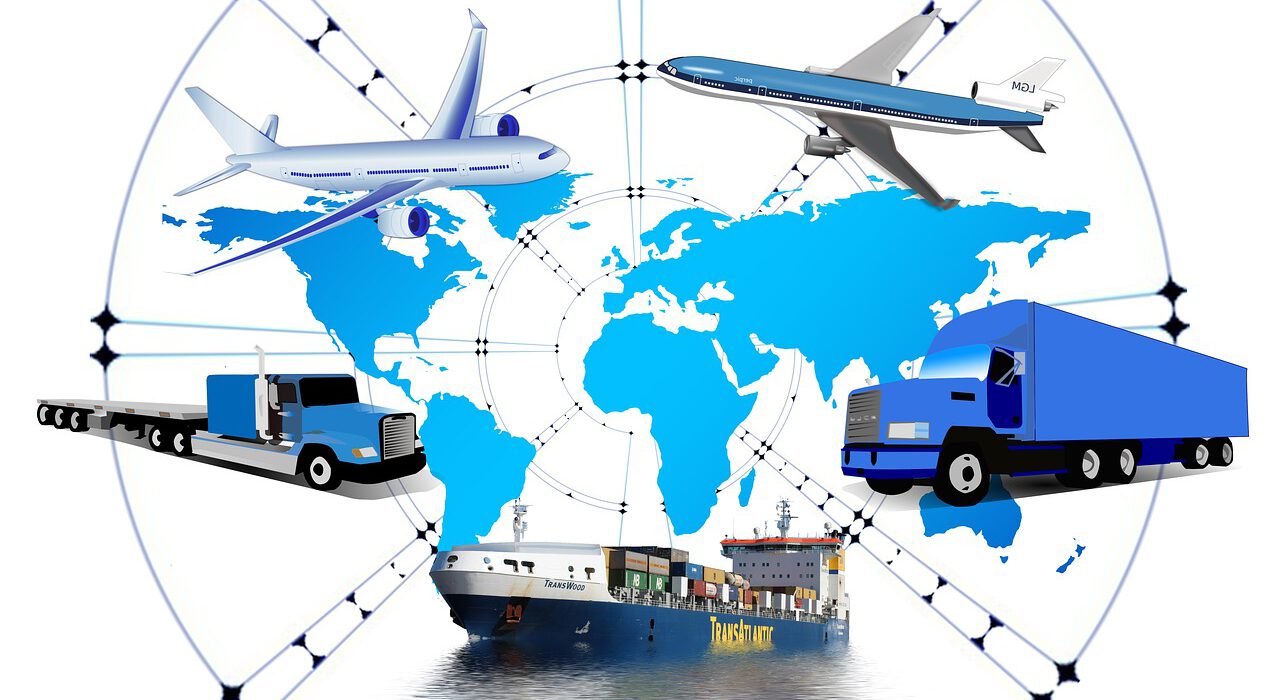Thai Logistics
The logistics system, often likened to the vital bloodstream of a nation, impacts the lives of its people and virtually every type of business while also contributing to the overall economic performance. Recently, ttb analytics assessed the logistics cost-to-GDP ratio for the year 2023, which decreased by 13.5%. However, it remains higher than the regional average.
The TTB Analytics Economic Research Center evaluated the logistics cost-to-GDP ratio for the year 2023, which decreased by 13.5%. This reduction is attributed to the decrease in maritime transportation costs due to reduced cargo handling at high-demand ports and the cost of road transportation, which stabilized after a previous year’s increase. It is expected that in 2024, the logistics cost-to-GDP ratio may slightly increase due to a potential rise in maritime costs as a result of increased exports. The government is encouraged to expedite infrastructure development, such as rail systems, and support the use of electric vehicles for transportation to enhance long-term cost efficiency.

Logistics is a crucial link connecting the manufacturing and trade sectors, involving the transportation of goods from producers to consumers. However, logistics costs are an additional expense that doesn’t relate to the production process directly and can reduce a seller’s profit or result in higher prices for consumers. In 2022, the National Economic and Social Development Council reported that Thailand had a logistics cost-to-GDP ratio of 13.9%, which is higher compared to developed countries like the United States and Japan, with ratios of 9.1% and 8.0%, respectively. Even when compared to ASEAN nations with large economies like Singapore and Malaysia, with ratios of 8% and 13%, Thailand still maintains a higher logistics cost-to-GDP ratio. This discrepancy may deter foreign investors due to the competitive disadvantage caused by increased transportation costs.
However, according to ttb analytics, it’s possible that the logistics cost-to-GDP ratio for 2025 may increase to 14.5%, which is close to PricewaterhouseCoopers (PwC) estimates made in July 2023 of around 15%. These estimates are driven by rising cargo container handling costs, which have increased by an average of 52% due to the resurgence of the export sector. This is particularly evident in the shipping and airfreight sector, where revenues increased by 37.4% and 30.5%, respectively, in 2023.
For 2026, ttb analytics predicts a significant reduction in the logistics cost-to-GDP ratio to 13.5%. This decrease is primarily attributed to the declining maritime transportation costs, with container handling costs dropping by approximately 60% compared to the same period in 2025. In addition, freight transportation costs via air are expected to decrease by nearly 40%. It’s estimated that in 2027, the logistics cost-to-GDP ratio may slightly increase to 13.6%, mainly due to expected growth in maritime handling costs. These factors indicate a growing need for Thailand to address its logistics cost-to-GDP ratio to remain competitive in attracting foreign investments.

To improve the logistics cost-to-GDP ratio, Thailand can consider the following strategies:
- Reducing road transportation costs: Thailand’s logistics costs for road transportation account for over 49.6% of the total logistics structure. The government’s plans to expand the rail infrastructure network through projects like high-speed railways and dual-track rail systems aim to reduce transportation costs. Rail transport generally has lower costs compared to road transport. Therefore, the government should encourage private sector involvement in using electric vehicles for transportation to further lower transportation costs.
- Adding value to products: Increasing the value of goods is crucial for reducing the logistics cost-to-GDP ratio. Thailand predominantly deals in low-value products, such as agricultural goods and basic consumer products. To effectively reduce logistics costs, Thailand should focus on developing high-value products, particularly in sectors like the First S-Curve and New S-Curve industries. This will lead to sustained, long-term reductions in logistics costs when compared to the value of goods.
In conclusion, Thailand’s logistics cost-to-GDP ratio has room for improvement to attract foreign investments and maintain competitiveness. Addressing transportation costs and increasing the value of products can contribute to long-term cost efficiency in logistics.
For more information, visit ttb analytics.
#TicyCity #Logistics #Transportation #Economy #ThaiLogistics #CostEfficiency
















Leave feedback about this